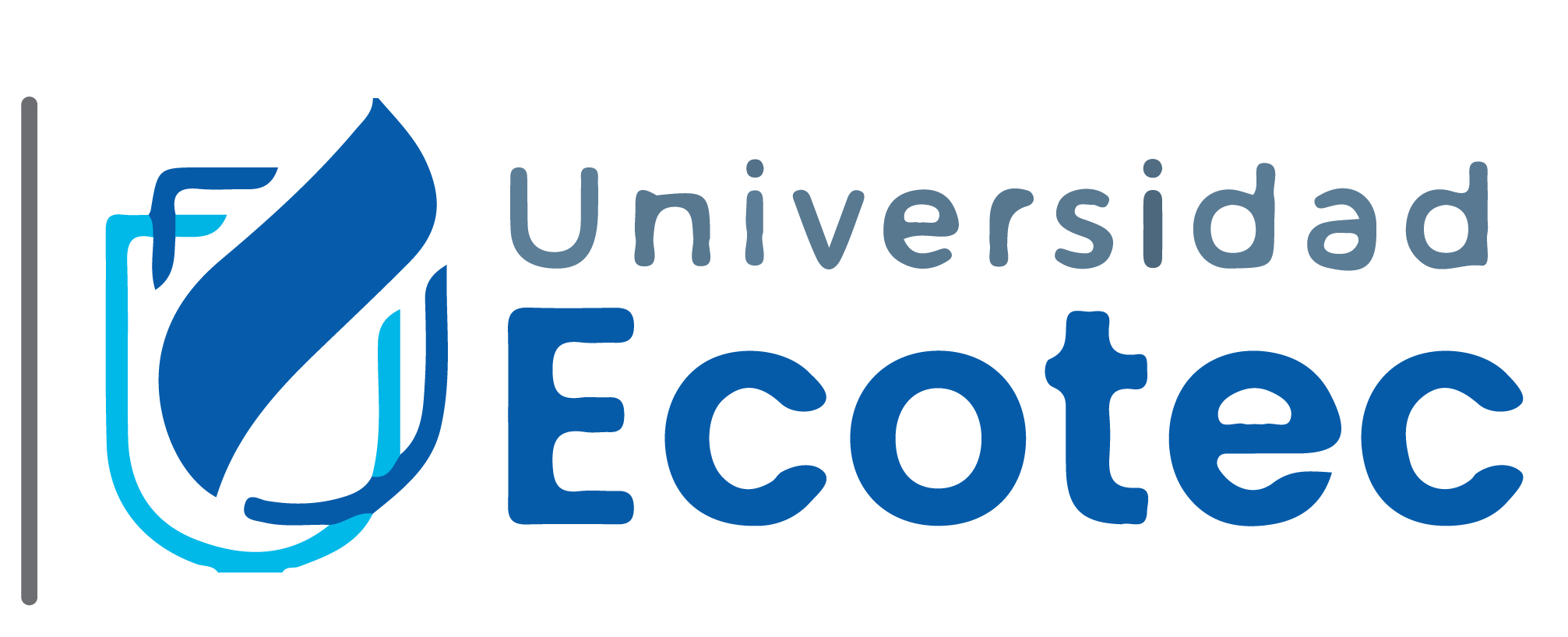Artículo
Current status of FAP-directed cancer theranostics: a bibliometric analysis
Resumen
0
Autores | Sweileh, Waleed M. (8396445300) |
Título | Neuroleptic malignant syndrome and serotonin syndrome: a comparative bibliometric analysis |
Año | 2024 |
DOI | 10.1186/s13023-024-03227-5 |
Fuente | https://www.scopus.com/inward/record.uri?eid=2-s2.0-85194991067&doi=10.1186%2fs13023-024-03227-5&partnerID=40&md5=c1bf8cd0070049798a28e5a066858591 |
Afiliaciones | Department of Biomedical Sciences, Faculty of Medicine and Health Sciences, An-Najah National University, Nablus, Palestine |
Tipo de acceso abierto | All Open Access; Gold Open Access |
Referencia | Scopus |
Artículo obtenido de: | Scopus |



